
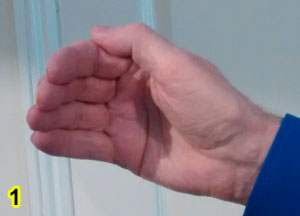

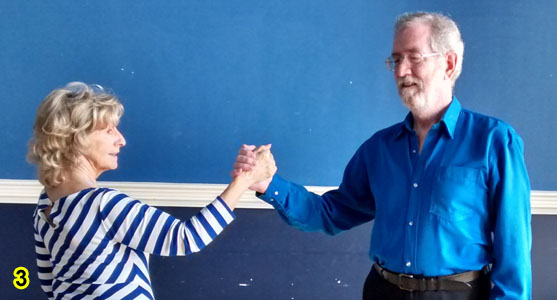
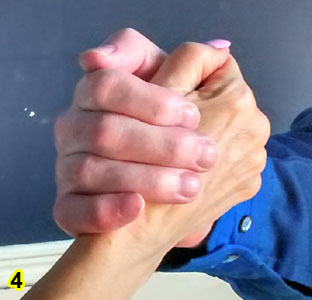

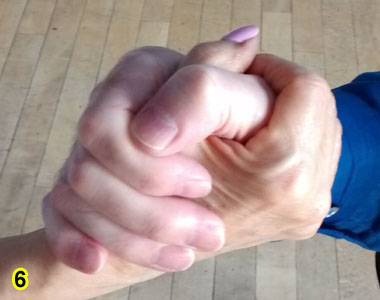
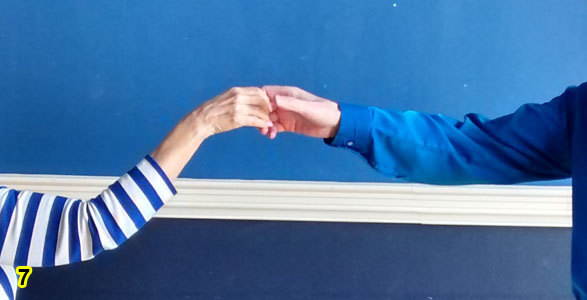
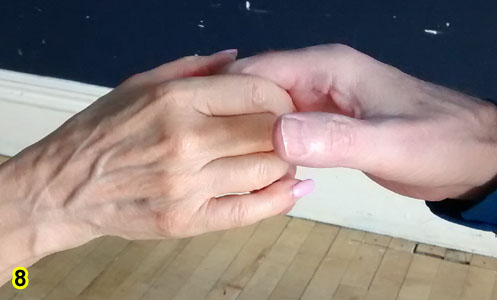
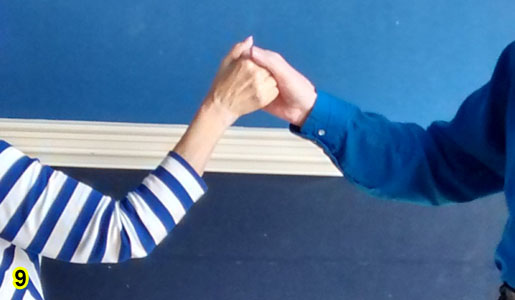
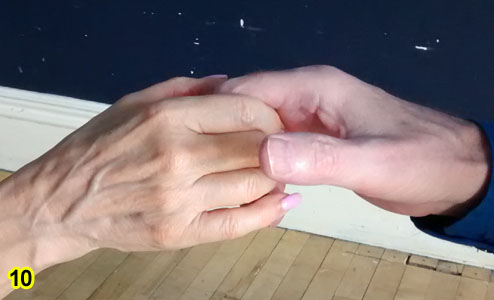
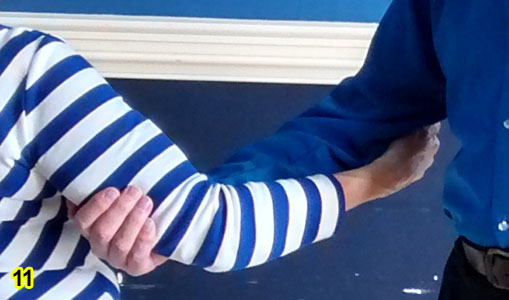
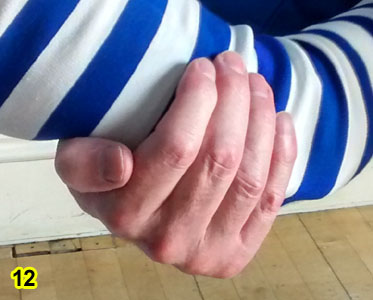



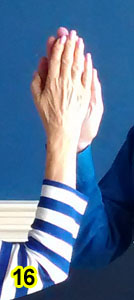
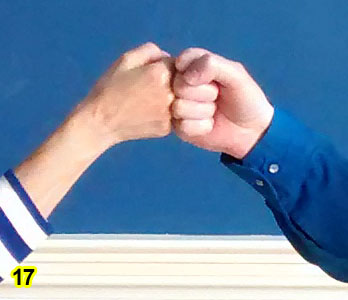
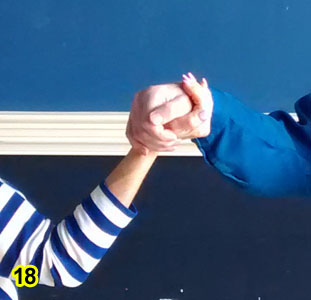 You've bent my wrist! Ouch!
You've bent my wrist! Ouch!
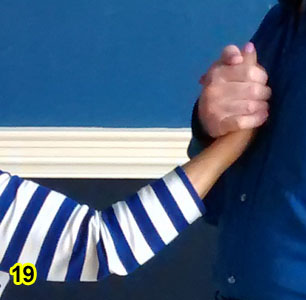 Why are you arm-wrestling and pulling my hand towards your chest? Ouch!
Why are you arm-wrestling and pulling my hand towards your chest? Ouch!
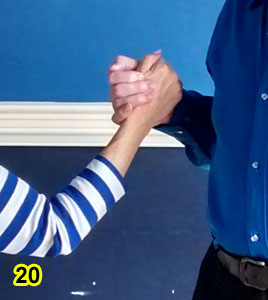 Why have you pulled your elbow behind your body so that I am in an awkard position? Ouch!
Why have you pulled your elbow behind your body so that I am in an awkard position? Ouch!
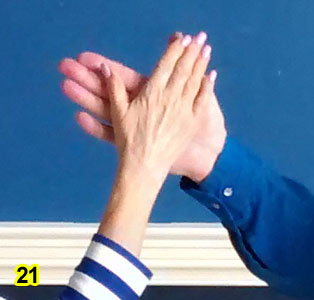 Flat hands? There's no connection! So you've tensed your hand up to make it hard and pressed it against mine? Ouch!
Flat hands? There's no connection! So you've tensed your hand up to make it hard and pressed it against mine? Ouch!
 Put the base of your palm against mine and stop squeezing my fingers! Ouch!
Put the base of your palm against mine and stop squeezing my fingers! Ouch!
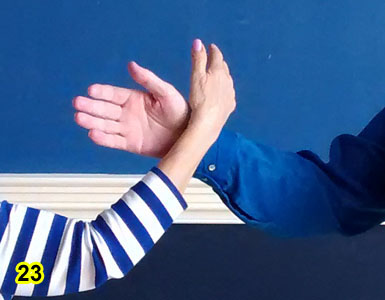 The inside of my wrist is tender, stop pressing on it! Ouch!
The inside of my wrist is tender, stop pressing on it! Ouch!
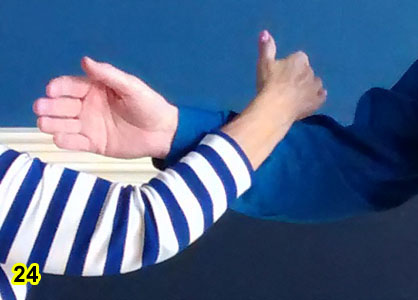 The inside of my forearm is tender too! Ouch!
The inside of my forearm is tender too! Ouch!
 In this hold the arms are close and almost vertical with twisted wrists. If somone did this to me in a contra dance I would be most upset. Just taking the hold was uncomfortable for Karen. But this is, apparently, a standard hold in Scottish Country Dancing, known as the Quick Turn Grip or the Cleekit Grip.
In this hold the arms are close and almost vertical with twisted wrists. If somone did this to me in a contra dance I would be most upset. Just taking the hold was uncomfortable for Karen. But this is, apparently, a standard hold in Scottish Country Dancing, known as the Quick Turn Grip or the Cleekit Grip.
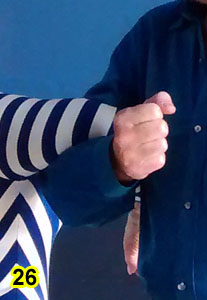 An example of bad arming where one dancer has clamped the other dancer's arm by pulling their arm towards themself and raising their hand up too high! Ouch!
An example of bad arming where one dancer has clamped the other dancer's arm by pulling their arm towards themself and raising their hand up too high! Ouch!


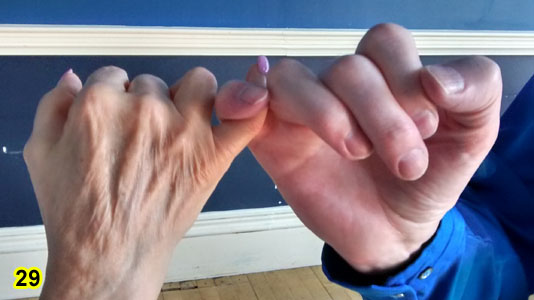
Feedback is very welcome on any aspect of these dances or Web pages.
Please contact John Sweeney with your comments.
